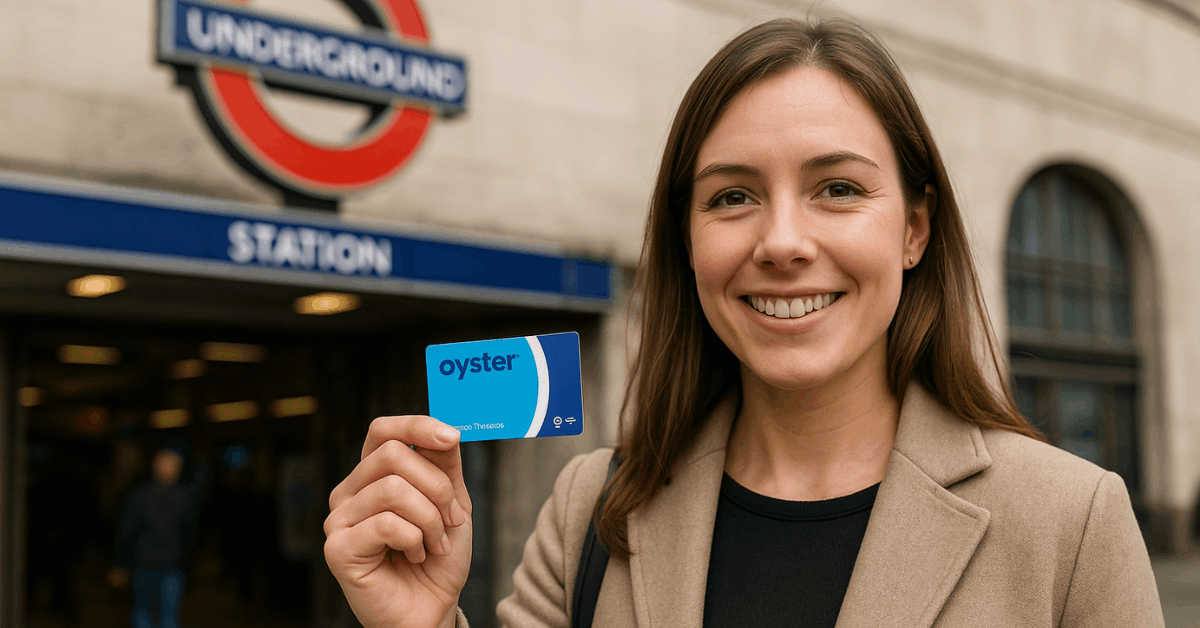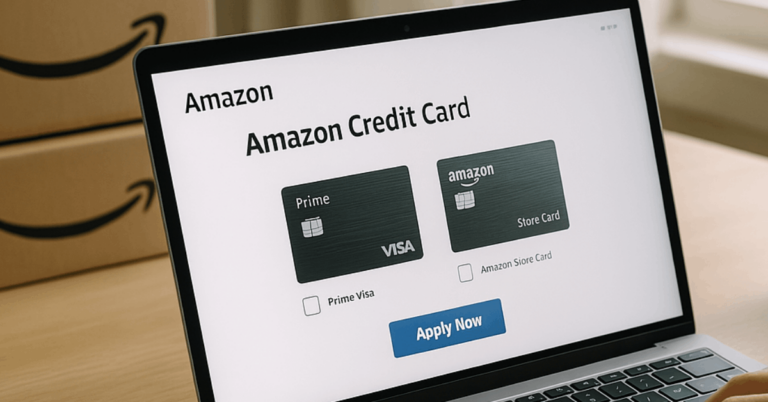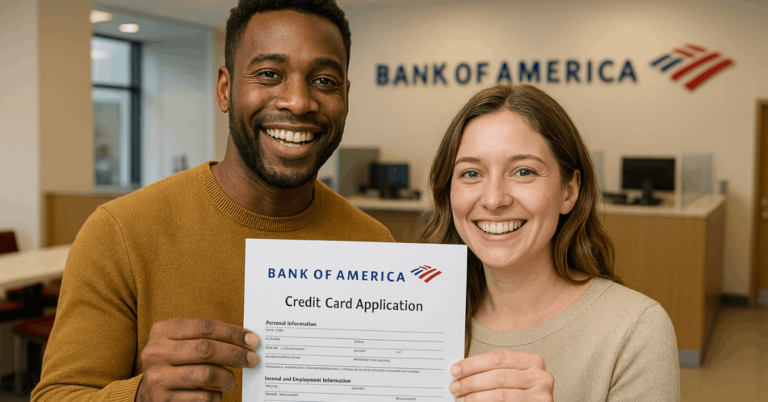If you’re traveling around London, a TfL Oyster card solution makes navigating public transport simple.
It works seamlessly across buses, the Tube, Overground, trams, and more. Just top it up, tap in and out, and you’re ready to go.
What Is an Oyster Card?
It is a smart card used for contactless travel in London. It lets you pay as you go or add passes and discounts.

You can use it across various services, including the Tube, bus, tram, DLR, and many National Rail routes. It’s a cost-effective way to travel if you’re visiting or commuting in the city.
There are two types: the regular Oyster card and the Visitor Oyster card. Both serve similar purposes, but the Visitor version has some limitations, such as not being registered for refunds.
You can get the card at many locations or order it online. The system is flexible and built for convenience.
Who Should Get an Oyster Card?
It is useful if you’re in London for more than a day. It’s ideal for tourists who want quick, cashless access to public transport.
It’s also perfect for regular commuters who travel daily. If you prefer not to use your bank card for tapping, this is a great option.
Discounts are available for young travelers and seniors. Students and job seekers may also get reduced fares.
You can link discount cards to your Oyster to save more. This makes it a solid long-term or short-term transport solution.
Where and How to Get an Oyster Card
You can buy an Oyster card online if you’re a UK resident. It’s also available at Tube and Overground stations, Visitor Centres, and Oyster Ticket Stops.
Buying in person gives you immediate access to the card. Visitor Oyster cards are often purchased in advance by tourists.
TfL Go, the Transport for London app, also offers ways to manage and track your card usage. If you’re planning ahead, ordering online gives you time to top it up before you arrive.

You can choose the amount to load initially. Cards are reusable, so you can keep them for future trips.
Creating and Linking an Online Account
Having an online account makes managing your Oyster card easier. You can sign up through the TfL website.
Once linked, your account shows your credit, journey history, and more. It’s useful if you want to register for refunds or replacements.
The account also helps you recover your card if it’s lost or stolen. You can top up online and set auto top-up preferences.
Payment history is saved and visible. This gives you more control and backup in case anything goes wrong.
Adding Credit or Travel Passes
To use your Oyster card, you need to add credit or a pass. Pay-as-you-go credit lets you use the card like cash.
Travelcards and Bus & Tram Passes give unlimited travel within selected zones for a fixed period. You can mix and match these options.
Auto top-up helps you avoid running out of credit. When your balance drops below a set amount, your linked bank account tops it up.
You can choose amounts like £10, £20, or £40. Setting this up online is quick and prevents travel delays.
Using the Oyster Card on Transport
Using the card is simple. Touch it on a yellow card reader at the start and end of your journey.
On buses and trams, you only need to touch in. Make sure your card has enough credit before you travel.
Always touch in and out correctly to avoid overcharges. The system charges the best available fare based on your journey.
If you miss touching out, you could be charged a maximum fare. Checking your journey history can help catch any issues.
Understanding Pay As You Go Fares
Pay as you go fares depend on the zones you travel through. London has fare zones from 1 to 9.
The cost adjusts depending on distance, time of travel, and transport type. Tube fares are highest during peak hours.
Fare capping limits how much you’re charged daily or weekly. This protects you from overspending.
You can travel freely once you reach the cap. It’s one of the most user-friendly features of the Oyster system.
Discounts and Concession Options
Discounts make travel more affordable. You can add a 16-25 Railcard, Disabled Persons Railcard, or other concessions to your Oyster.
This lowers the price of travel automatically. To do this, visit a station or use your online account.
Discounted cards must be presented when asked by staff. If you qualify, don’t miss out on this benefit.
Students, jobseekers, and seniors can all apply. Each discount has its own application steps and requirements.
Rules to Remember
Each Oyster card is for one person only. You can’t share it during the same journey.
Lending is allowed only if it holds pay as you go credit, and no Travelcards or discounts are added. If the card has any concession, it becomes non-transferable.
Always keep it safe, especially when registered. Lost unregistered cards can’t be refunded. Be aware of these terms to avoid issues.
Managing with the TfL Go App
The TfL Go app helps you manage travel easily. You can top up, check balances, and monitor your journey history.
The app also alerts you to incomplete journeys. It’s great for people who want updates on the go.
You can manage multiple cards in one app. This is useful for families or shared planning.
The interface is simple to use. Most features match what’s available on the TfL website.
Transferring Credit or Discounts
If you get a new Oyster card, you can move your old credit or discounts. First, register both cards in your account.
Then complete a journey with the new card and wait 24 hours. Log in and follow the transfer instructions.
You’ll need to use the same password as before. Transfers are secure and controlled.
This avoids loss of value during changes. It’s especially helpful if your card is damaged or you get a replacement.
Dealing With Issues
Losing your card is stressful, but manageable if it’s registered. Log in and report it as lost or stolen.
TfL can block it and issue a new one. Refunds are available for unused credit or passes.
For other problems, TfL offers help online and in stations. Staff are trained to assist with refunds, overcharges, and incomplete journeys.
Always keep your receipts when topping up in person. It helps in resolving disputes.
Visitor vs Regular Oyster Cards
Visitor Oyster cards are aimed at short-stay tourists. You can’t register them, so lost cards aren’t protected.
They come preloaded and don’t require online setup. However, you can’t apply discounts or auto top-up features.
Regular cards are more flexible. They support all features and protections. If you’re staying longer or plan to visit often, get a regular card. You can reuse it anytime you return to London.
Final Tips Before You Travel
Before using your Oyster card in London, it’s good to be prepared. These tips will help you save time, avoid issues, and travel more smoothly.
- Set up your card before you arrive in London to avoid delays.
- Always check your balance before each trip.
- Touch in and out correctly to avoid being overcharged.
- Register your card to protect your balance and manage your account.
- Use fare capping and discount linking to save money.
- Keep your Oyster card in a safe place to avoid loss.
- Review your journey history to spot any incorrect charges.
- A properly managed card ensures a smooth and affordable experience.
Make Your London Travel Easier With Oyster
Getting and using an Oyster card is simple and saves money. Whether you’re a tourist or a daily commuter, it makes moving around London easier.
Set it up, keep it topped up, and follow the rules to avoid problems. Start your journey right with the convenience of a TfL Oyster card.












